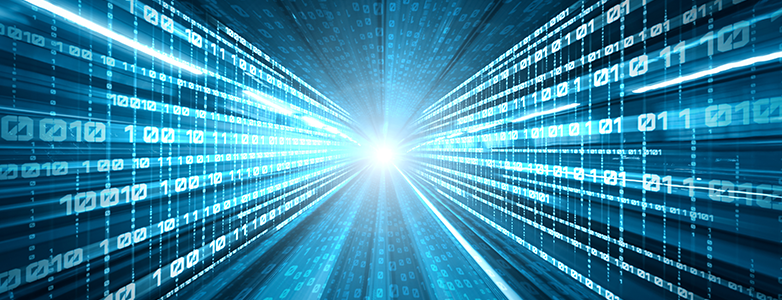Has your PC started running slower than usual? There could be a number of reasons for this decrease in speed and performance. If you have Windows 10, or newer, and have noticed less than ideal performance, we have some tricks and tips for you that may help your PC run smoother and more efficiently.

1. Start With Startup Programs
If your PC takes longer than usual to boot up, then it might be time to see what’s going on each time you start up your computer. One reason why you may be experiencing slower-than-usual booting times is that you might have too many programs running at startup. To check and possibly prevent these programs from running, you’ll need to open your task manager (type task manager in the search box).
Once the task manager is open, go to the Startup Tab and comb through all programs that run at startup. If you see unnecessary programs that are launching at startup, disable them from running automatically.
2. Turn Off Tips
The intentions for this feature are great, but if you already have a general understanding of Windows, the helpful tips features can really impact your PC’s overall speed. A quick and easy way to help your computer run a bit faster can be as simple as disabling this feature.
To turn this feature off, click the Start button and go to Settings. Once you are in Settings, go to System > Notifications & actions. Scroll down to the Notifications section and uncheck the box marked “Get tips, tricks, and suggestions as you use Windows.”








